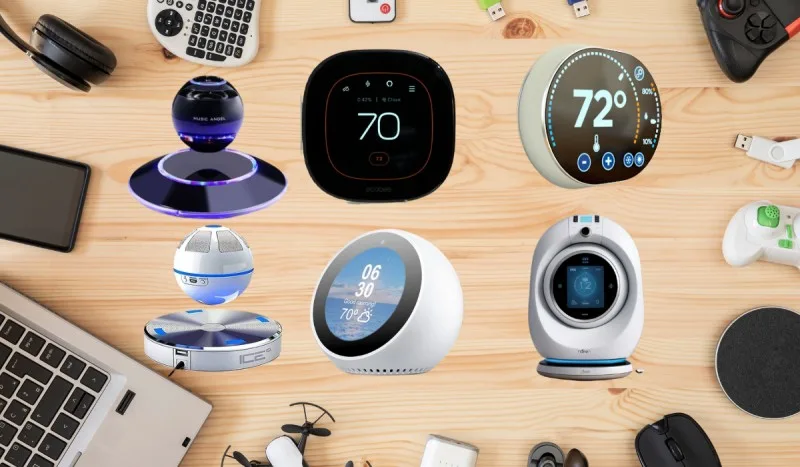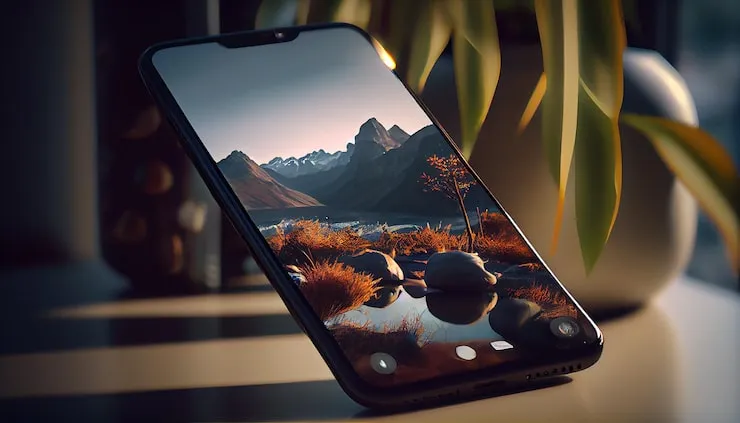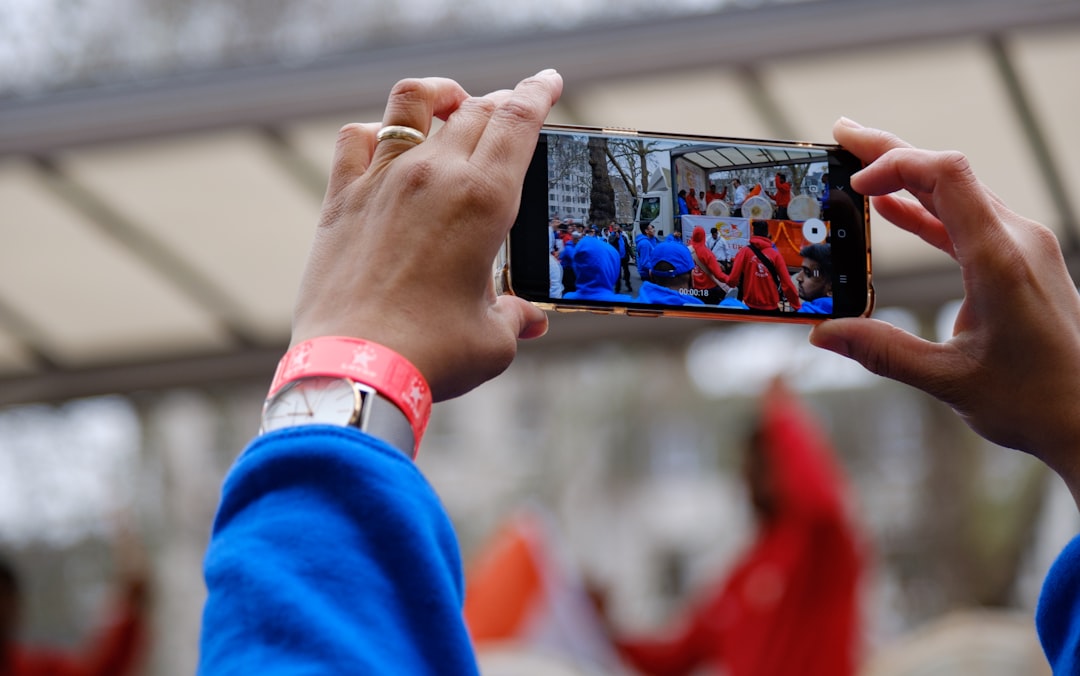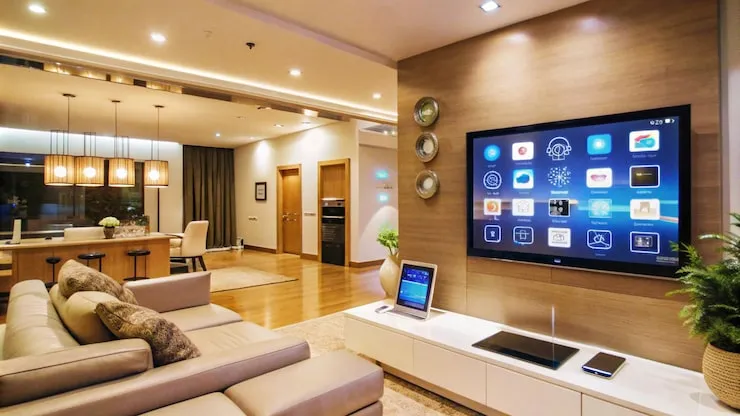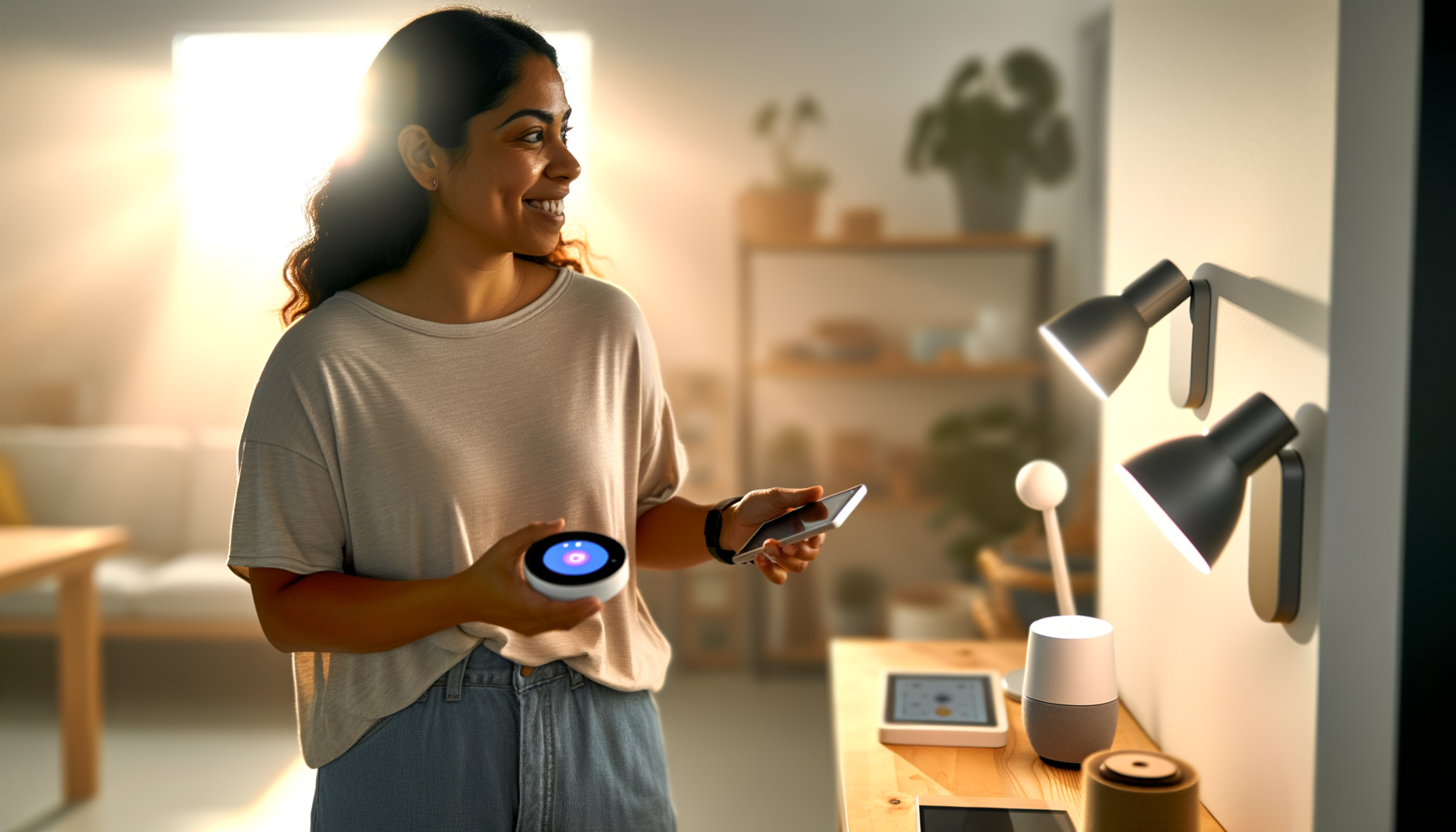Now take a time to look about you. Perhaps you can reach your smartphone, which is vibrating with alerts. You could be using a tablet or laptop to read this. Your heartbeat can be being secretly recorded by your wrist watch. Music may be playing in the background via a Bluetooth speaker or smart TV.
Indeed, "gadgets quietly dominate our every move" is a reality of modern society. They keep us active, connect us to the outside world, wake us up, assist us in our job, and even monitor our health. Devices evolved so well that they are now extensions of our personality, in contrast to past innovations that took decades to affect human behavior.
Gadgets are not luxury items in the modern society. They are vital friends. Gadgets define comfort, output, and routines, whether they are utilized by students, elders, professionals, or homemakers. The majority of people aren't even aware of how powerful these devices are, though, because the rule is so subtle.
A Day in the Life – Walkthrough of an Average Person’s Day
Morning: The alarm rings—not from an old clock but from a smartphone or smartwatch. Notifications are the first “good morning.” Fitness trackers record your steps before you've even had breakfast, and weather apps select what you should wear.
Commute: Metro cards or e-tickets apps allow transit, ride-hailing apps schedule taxis, and navigation uses direct drivers. Smart surveillance systems even control city traffic lights.
Work or School: Chalkboards and manual registers have been replaced by laptops, tablets, projectors, and cloud-based platforms. Zoom is used for meetings, classes are virtual, and corporate productivity is greatly reliant on technology.
Afternoon: Apps are used to purchase groceries, e-wallets are used to make payments, and even devices like ATMs and phones are used to handle banking.
Evening: Gaming consoles, smart TVs, OTT platforms, and Bluetooth speakers rule free time. While smart culinary gadgets assist with cooking meals, social media keeps people involved.
Night: Smart lighting, meditation devices, and sleep uses prime the body for sleep. Devices track your heart rate, breath, and even snoring.
Everyday life is silently ruled by devices from the moment you wake up until you go to sleep.
Read also: Body Cams, Cyber Labs & GIS Tools: Gadgets Making UP Police Smarter
The Core Gadgets of Modern Life
Smartphones
The ultimate ruler of modern gadgets. Smartphones are more than just phones; they are also cameras, banking, schools, offices, and entertainment centers all in one. Smartphones are present in every aspect of life, from shopping and chatting to bill payment and meeting attend.
Smartwatches & Wearables
These little wrist pals have the ability to make calls, monitor sleep cycles, measure heart rates, and count steps. They are vital for fitness aficionados. They give professionals fast notifications without asking them to take out their phones.
Laptops & Tablets
Laptops and tablets are necessary for professionals, students, and artists since they enable e-learning and remote work. especially tablets have altered how kids learn and consume media.
Smart Home Devices
Smart TVs, automated appliances, Google Home, Alexa, and other gadgets have entirely altered houses. They have provided benefits that previously seemed futuristic, such as voice-activated light controls and movie casting.
Two-Wheelers & Cars with Smart Tech
These days, cars have digital keys, smart dashboards, GPS trackers, and even safety systems powered by AI. E-bikes and app-based scooter rentals are common in urban areas.
E-Wallets & Payment Gadgets
Cashless living is now normal. Apps like Paytm, Google Pay, and PhonePe, along with QR code scanners, make payments instant. Even street vendors in small towns use digital payment gadgets.
Fitness Trackers & Health Gadgets
Health tracking is no longer just found in hospitals thanks to devices like arterial monitors, digital a thermometer, and smart oximeters. Health wearables are now essential in many homes since the outbreak.
Public Life Gadgets
ATMs, Digital Kiosks, Metro Cards, E-Ticketing
Devices now power public infrastructure. ATMs, metro cards, and e-ticketing devices enable cashless and paperless transactions. Airport self-check-in kiosks expedite travel.
Gadgets in Education
Student iPads, electronic boards, and smart classrooms are making education better. Digital labs, virtual schools, and global learning platforms are some of the ways that technology helps close the learning gap between rural and urban areas.
Gadgets in Healthcare
Hospitals rely on MRI machines, ventilators, and robotic surgery. Families may take charge of their own health from the ease of their own homes with the use of digital oximeters, monitors of blood pressure, and glucometers.
Read also: Indian Brands Making Smart Devices
How Gadgets Change Society in the State
Urban vs Rural Usage
In cities, gadgets are everyday essentials. In rural areas, the adoption is growing rapidly—smartphones for banking, tractors with GPS systems for farming, and even drones for agriculture.
Generational Divide
Young people pick up tech quickly, whereas older people often find it hard at first but eventually learn around. Today's grandparents engage with their grandson via video talks, showing how tech can overcome generational divides.
Economic & Cultural Impact
Gadgets have created new industries—app development, e-commerce, fintech. They’ve also changed culture: families now bond over smart TVs, festivals are streamed online, and shopping is increasingly digital.
The Double-Edged Sword – Overdependence, Privacy, and Addiction
While gadgets make life easier, they also come with downsides:
- Over-dependence: People rely on their gadgets so much that life stops when the power goes out or the internet goes down.
- Privacy Concerns: Every click, search, and location is watched. Data security is become a critical concern.
- Addiction: More screen use has resulted in health issues, shorter attention spans, and issues with sleep.
The Future of Gadgets – AI, AR/VR, Robotics, IoT
The next decade will see even deeper integration of gadgets:
- AI assistants will predict our needs before we speak.
- AR/VR gadgets will change gaming, education, and even shopping.
- Robotics will automate household chores and industries.
- IoT (Internet of Things) will connect every device—fridge, car, watch, and lights—into a seamless ecosystem.
In the future, tech will not only help us but will also predict, evaluate, and act on our behalf.
Read also: Big Power and Pocket Gaming for 2025
Conclusion – Balancing Human Connection with Technology
certainly, gadgets have taken over daily life in the state. They stress our ability to strike a balance between the actual and virtual worlds, but they also provide comfort, speed, and creativity. To "use them wisely" is the task, not to shun technology. Gadgets are tools, not masters, after all. Their actual power is in making relations with others better, not taking them away. If we can find that balance, devices will continue to help us live smarter, healthier, and more connected lives.



